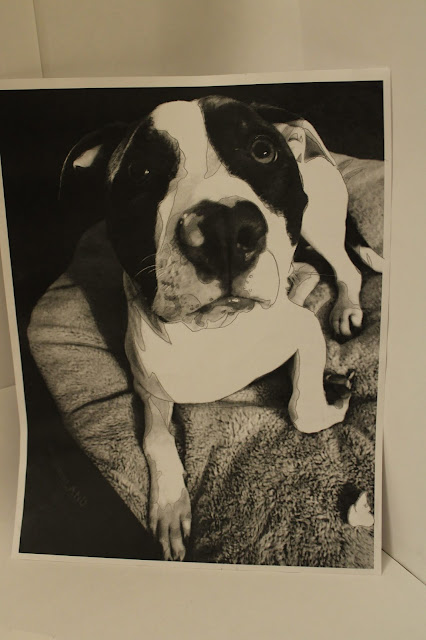For the interior photo using a window it was really hard to figure out the settings. For the image above I managed to capture this at 1/8sec, f/10, and ISO 400. I had my histogram up and I kept adjusting my settings until the picture was in the good range. My biggest challenge was trying to balance the outdoor light with my very poorly lit apartment.
For the photography above the settings I captured it at were 1/100 sec, f/7.1, and ISO 800. I used my histogram to see if the photo was balanced. Unfortunately I was not able to problem solve and ISO 800 was the highest I could get and you can still see the image. If I were to do this again I would have to try and figure out how to introduce more light such as pointing a light at my subject.
For the image above the data I captured it is 1.6 sec, f/22, and ISO 800. This was the most challenging photos to take. My original attempt was dusk and all of them turned out blurry. For these my main goal was trying to capture as many tonal changes in the sky as possible while also trying to figure out how to take a high ISO without it turning completely black. If I had to try this again I would drive down to wherever their is a better space to capture the sun. This was taken on a street that I never knew was blurry so the cars added lights and disappearing lights made it much harder.
For the image above the data it was captured at is 10 sec, f/22, ISO 200. Because the sun was rising it was hard to adjust the other settings to compensate for all the differences in light that was going on without having a photo that is a white blur. I used a histogram to take these photos.
The challenge image metadata is 15 sec, f/5.6, and ISO 800. For this photo I adjusted my camera to point down the stairs in the pitch black. By capturing it with these settings and the angle you can see the light being projected from outside reflecting on the sides and the stairs. You can also see three distinct colors of light which is really cool.



















































